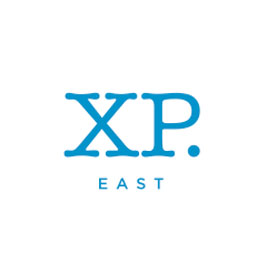E25 have been working hard creating original choreography to accompany a piece of poetry for their Presentation of Learning next week. The poem is called ‘Let’s Unite’ and was originally written in Pashto, although we are using a translation from the Poetry Translation Centre.
Here is a taster of the first few lines of the poem for you – written in the original language of course – we can’t ruin the surprise!
راځئ چې یو شو
په دی ښایسته دنیا کې
په دی یوه دنیا کې
مونږه جدا جدا یو
مونږه تنها تنها یو
لکه د لاس د ګوتو
لکه د لمر د وړانګو
زمونږه پښو نه لاندې
Students considered the imagery in the poem, identified the patterns of repetition that we could build on and used Kind, Specific and Helpful critique to hone their ideas into movements which enhance the spoken text. Last week we even had an extra special guest in the Civic Mayor of Doncaster, Councillor Majid Khan, who witnessed rehearsals during a tour of XP East.
I can’t wait to see the finished product when all three X Block groups bring their work together. The students have taken the lead in idea generation and directing, using the skills and techniques we have been studying in Drama since the beginning of term. I’m really proud of what they have achieved so far, well done E25!











